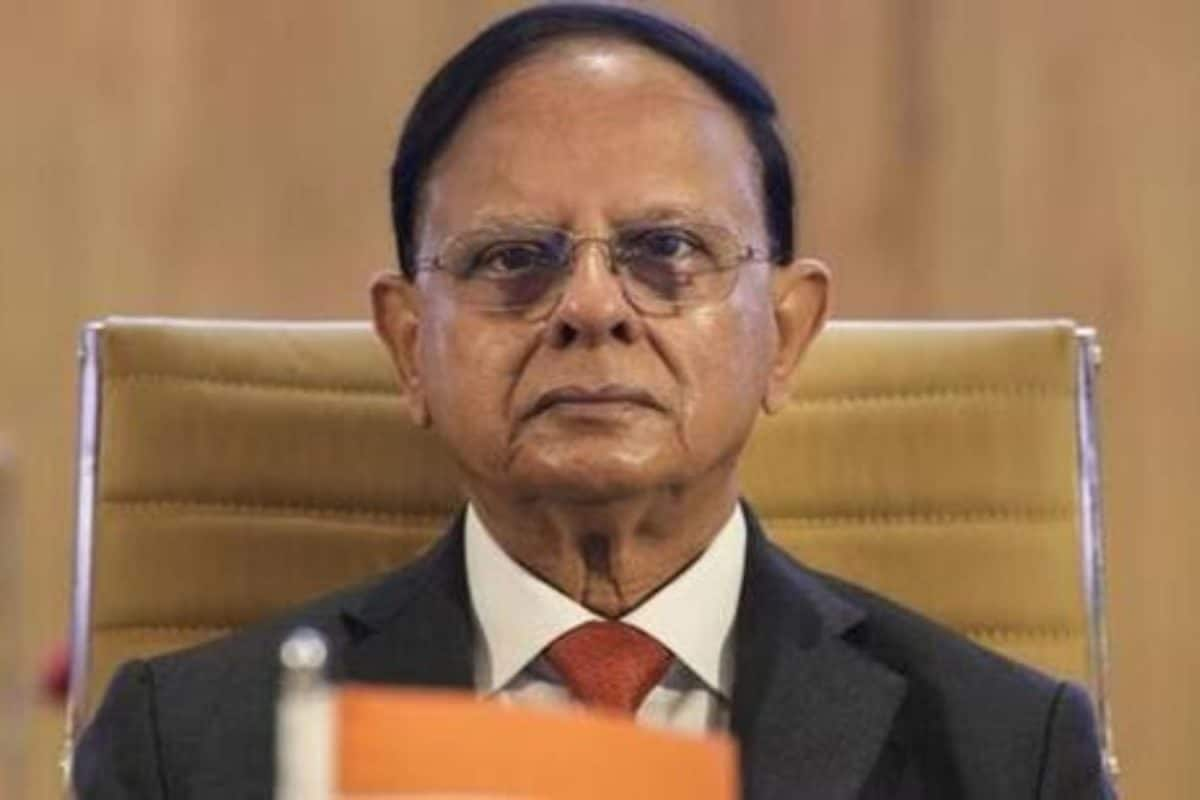

India is proactively addressing the escalating risks of extreme heat through a comprehensive and forward-thinking approach, as emphasized by Principal Secretary to the Prime Minister, Dr. P.K. Mishra. Speaking at the Special Session on Extreme Heat Risk Governance in Geneva, Dr. Mishra highlighted India's commitment to tackling rising temperatures and the associated threats to public health, economic stability, and ecological resilience.
Dr. Mishra underscored that India, under Prime Minister Narendra Modi's leadership, has transitioned from reactive disaster response to integrated preparedness and mitigation strategies. Since 2016, the National Disaster Management Authority (NDMA) has played a pivotal role in developing comprehensive national guidelines for heatwave management. These guidelines, revised in 2019, have paved the way for decentralized Heat Action Plans (HAPs) across the country.
Currently, over 250 cities and districts in 23 heat-prone states have operational HAPs, supported by the NDMA's advisory, technical, and institutional mechanisms. These plans focus on early warning systems, inter-agency coordination, and community outreach to minimize heat-related fatalities. The Ahmedabad Heat Action Plan was specifically mentioned as a successful model, demonstrating the effectiveness of these strategies. Enhanced surveillance, hospital readiness, and public awareness campaigns have significantly contributed to reducing mortality rates during heatwaves.
India's approach involves a "whole-of-government and whole-of-society" strategy, incorporating multiple ministries, including health, agriculture, urban development, labor, power, water, education, and infrastructure. This inclusive approach ensures that all relevant sectors are engaged in mitigating the impact of extreme heat. Traditional wisdom and local experiences are also integrated into the response, with schools playing a crucial role in spreading climate awareness and primary health centers providing frontline care during heat events.
Furthermore, India is focusing on long-term urban resilience measures, such as cool roof technologies, passive cooling centers, urban greening, and the revival of traditional water bodies. Urban Heat Island (UHI) assessments are increasingly being integrated into city planning to create more resilient urban environments.
In a significant policy shift, Dr. Mishra announced that National and State Disaster Mitigation Funds (SDMF) can now be utilized for heatwave mitigation efforts. This change enables local governments, private sector entities, NGOs, and individuals to co-finance prevention and mitigation projects, fostering a sense of shared responsibility.
Dr. Mishra called for enhanced technological collaboration, data sharing, and joint research on heat resilience on a global scale. He stressed that heatwaves are transboundary and systemic risks, particularly in densely populated urban areas and urged the international community to address equity concerns, as extreme heat disproportionately affects vulnerable groups, including women, outdoor workers, the elderly, and children. India is committed to sharing its expertise, technical capacities, and institutional strengths with global partners to ensure a coordinated and proactive response to the challenges posed by extreme heat.